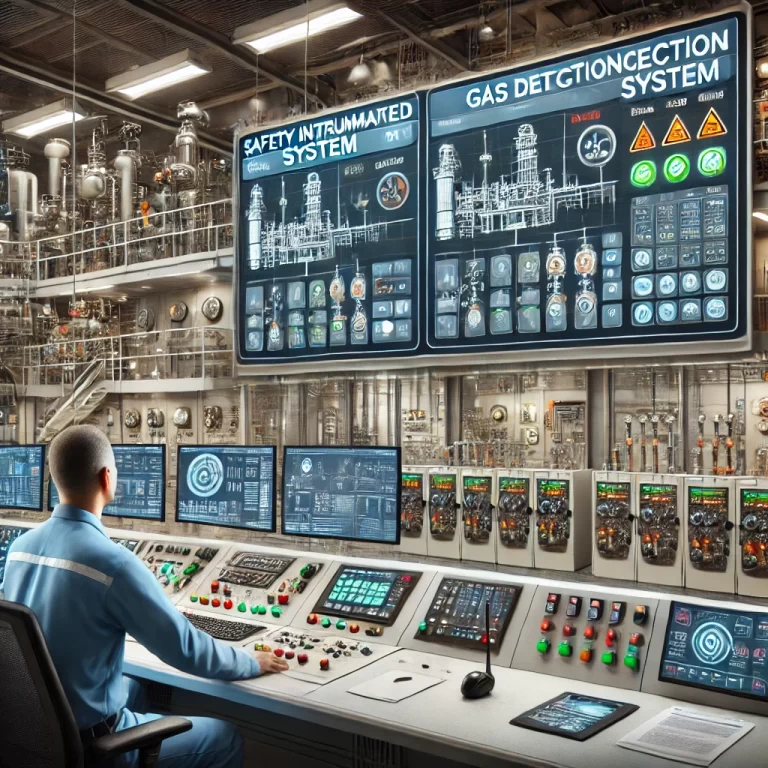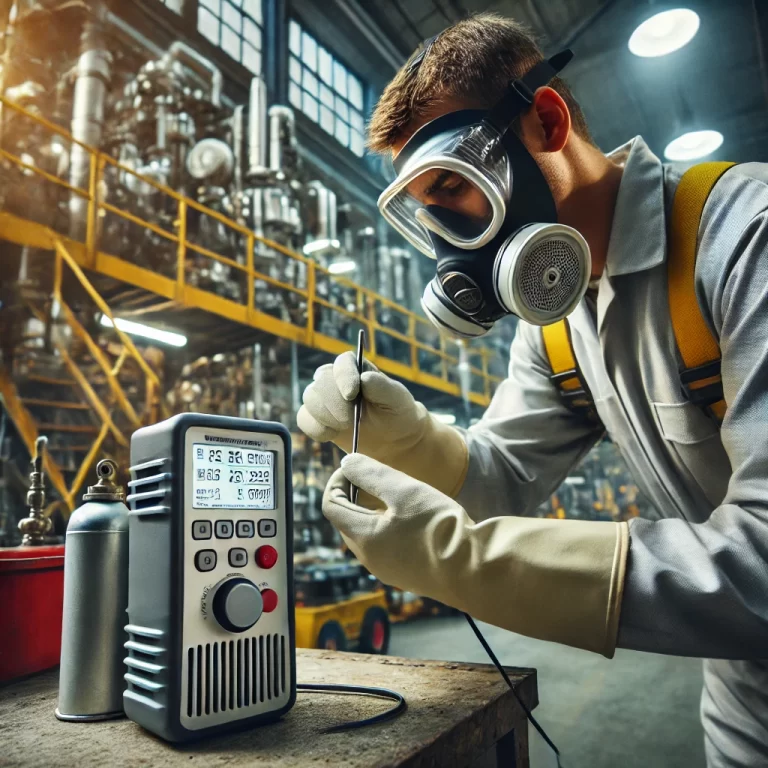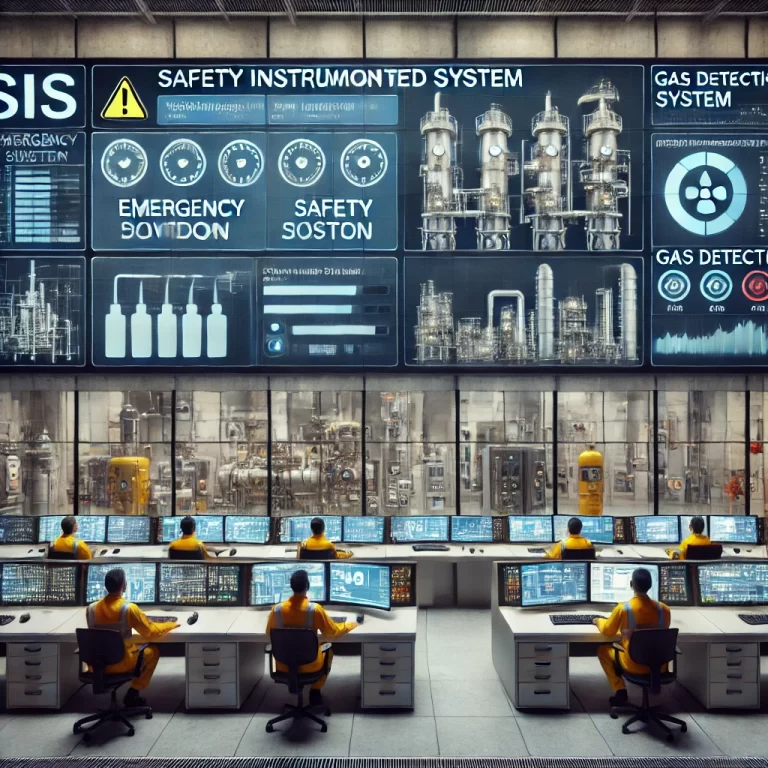Gas detection systems for combustible and toxic gases play a critical role in ensuring workplace and environmental safety. The design of these systems must prioritize reliability, real-time response, and robust performance under hazardous conditions. While bus architectures, such as RS485 or CAN bus, are commonly used in various industrial applications due to their simplicity and cost-effectiveness, they are generally unsuitable for gas detection systems. Below are detailed reasons why combustible and toxic gas detection systems should avoid using bus architectures.
1. High Safety Requirements
Gas detection systems are safety-critical. Any failure in detecting dangerous gas concentrations can lead to catastrophic consequences, including explosions, poisoning, and even loss of life. Bus systems connect multiple devices on a single communication line, meaning that a single point of failure in the bus can disable the entire network of sensors. This vulnerability is unacceptable in gas detection, where uninterrupted monitoring is essential.

2. Real-Time Monitoring and Immediate Response
Gas detection requires instant feedback to trigger alarms and initiate safety protocols. Bus systems share communication bandwidth among all connected devices, leading to potential data transmission delays. In an emergency where gas levels spike, any delay in transmitting sensor data can result in slower alarm activation, compromising safety. Independent wiring or point-to-point systems provide faster, more direct communication paths, ensuring immediate response.
3. Susceptibility to Electromagnetic Interference (EMI)
Industrial environments, especially those with heavy machinery, are prone to electromagnetic interference. Bus architectures, due to their shared lines, are more susceptible to EMI, which can corrupt data or disrupt communication. This interference poses a serious risk in gas detection systems, where accurate and continuous data transmission is critical. Point-to-point systems with shielded cables offer better protection against interference.

4. Single Point of Failure Risk
In bus configurations, a fault in the communication line or a malfunctioning device can compromise the entire network. For example, a short circuit or cable break can cause all connected gas detectors to fail simultaneously. In contrast, point-to-point wiring ensures that a failure in one sensor or cable does not affect others, maintaining system integrity and continuous operation.
5. Maintenance and Troubleshooting Complexity
Gas detection systems must be easy to maintain and repair to minimize downtime. In a bus system, identifying and isolating a faulty sensor or segment of the communication line can be time-consuming and challenging due to the interconnected nature of the network. Independent wiring allows for quicker fault isolation and repairs, reducing downtime and ensuring continuous monitoring.
6. Compliance with Intrinsic Safety and Explosion-Proof Standards
Gas detectors are often deployed in hazardous areas where flammable gases are present. Equipment in such environments must comply with stringent intrinsic safety and explosion-proof standards. Bus systems typically require more complex designs to meet these safety requirements, increasing the risk of non-compliance. Point-to-point systems simplify compliance by isolating circuits and reducing the risk of electrical faults that could ignite flammable gases.

7. Scalability and Flexibility Challenges
Expanding or modifying a bus system can introduce additional complexity and risk. Adding more sensors can increase communication load and potential data collisions, impacting the system’s overall performance. In contrast, point-to-point systems are more scalable and flexible, allowing for easier integration of additional detectors without compromising performance or safety.
Conclusion
Due to the critical nature of gas detection systems, safety, reliability, and real-time responsiveness are non-negotiable. The inherent vulnerabilities of bus architectures—including single points of failure, susceptibility to interference, delayed response times, and maintenance complexities—make them unsuitable for combustible and toxic gas detection applications. Point-to-point or independent circuit designs are far more effective in providing the robust, fault-tolerant, and immediate response systems required for these high-risk environments. Prioritizing these design principles ensures that gas detection systems remain dependable and capable of protecting lives and property.
